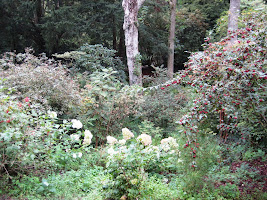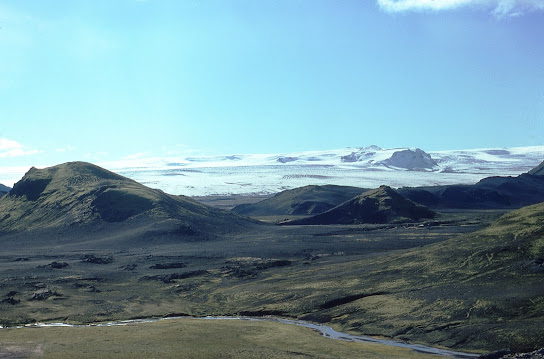Sorry for not responding or commenting last week. We were away in a cottage without internet at Llanbedr-y-Cennin above the Conwy valley. It is a bit off the beaten track. On the other hand, we had views down to the river and a J W Lees pub just across the road. You can’t have everything.
This green and ancient land is scattered with the remains of Iron Age hill forts, and was the location of the busy Roman township of Canovium, most of which has long disappeared.
Cross the Conwy river and you are in that part of Wales where Welsh is spoken, a language that seems to have too many Ls and Ds, and unusual combinations of letters. Words and place names echo round your head like catchy tunes as you try to make sense of them. Moel Siabod and Pentrefoelas are doing it right now. It is also not far from John Going Gently territory. Lovely. As is the countryside.
We have been many times. We came on honeymoon, then again with the kids, and now just two of us again. We have looked down from the Carneddau ridges into the cockpits of military jets flying fast along the Bethesda valley, so close we could see the pilots, and then marvelled as they lifted their jets on to their tails and blasted vertically into the stratosphere. We have looked up to the balconies of Llandudno hotels where guests, gin and tonics in hand, peruse the sweeping two-mile promenade. And we have looked along the precariously high and exposed walls of castles, afraid of losing our footing. Harlech is terrifying.
Yet we still found new things to do. We visited the enormous 80-acre Bodnant gardens for the first time. We circled on foot into the hills from the village of Abergwyngregy, past its 120 feet (37m) waterfall, returning with views across the Menai Straight to Anglesey. And we walked up from the village of Trefriw around the beautiful lakes of Llyn Crafnant and Llyn Geirionydd, one of the finest walks in Britain.
Almost all of our walks over the years have been from books bought thirty years ago for £1.80 and £1.99, which must be the best value walks books we ever bought. The pages note which we’ve done, with whom and when. Even after all this time, with common sense the directions still work for us.
Mrs D. is always very quick to remind me that North Wales is where I usually manage to injure myself. I have suffered twisted ankles and tripped over uneven steps on the Conwy bridge. More seriously, I slipped in sodden woodland and sat down heavily on a tree stump, damaging my coccyx. I had to carry a stiff board around at work for a month, unable sit on anything soft or curved. It was a kitchen chopping board with brightly coloured pictures of vegetables. And I fell in the bath, breaking a lower rib which clicked painfully in and out of position for a couple of weeks. It eventually set in a lob-sided lump. The doctor showed no sympathy whatsoever. “Your modelling days are over,” he told me.
This year, it was Mrs D. who went down on a slippery stone near the derelict Klondyke mill, bruising her knee and hip, and limping. I’m not saying a word. Not one.















